
This is the New Tata. Will the Aria sing a new tune? Harmaan R A J Madon tunes in to find out
Photography Sanjay Raikar
Tata Motors of today are very different from the erstwhile TELCO. From the maker of utility vehicle-derived passenger automobiles to an established car manufacturer, it has been a journey with a few bumps along the way, but a good journey nevertheless. The new Aria is in many ways the culmination of this journey, a springboard for the company to a new future.
Design and Style
The Aria as we know it today has its genesis in the Crossover concept, displayed at the Geneva Motor Show in 2005. The name Aria, however, first adorned a little two-door, two-seater roadster at the same venue five years earlier, in 2000. It’s taken a while for the car to go into production and, in its final avatar, the design is very similar to the 2005 concept, the notable changes being the headlights and the addition of chrome striping on the sides. This side striping has alleviated some of the slab-sidedness and given the car visual relief, especially when viewed from three-quarters. There’s no escaping the fact that it does seem to have borrowed some inspiration from Mercedes’ R-Class, visible notably in the treatment of the D-pillar and the alloy wheel design. The large 17” wheels themselves look good and fill up the wheel arches substantially. 
 At the rear, the Christmas tree theme of the tail-lights continues, which immediately identifies it as a Tata offering. It does seem a touch bland, though, but then there are limitations to what a designer can do with what is essentially one large flat panel.
At the rear, the Christmas tree theme of the tail-lights continues, which immediately identifies it as a Tata offering. It does seem a touch bland, though, but then there are limitations to what a designer can do with what is essentially one large flat panel.
Interiors and Comfort
The Aria is a quantum leap ahead of the Safari and much better than anything we’ve seen from Tata before. The jury’s out on the design and layout of the dashboard, but the inescapable truth is it’s much better built than any other Tata to date. The fit, finish and feel are vastly superior and the highest spec ‘Pride’ version that we drove came with two-tone leather seats and trim on the dashboard. Of course, the reddish-brown (‘plum’ in Tata-speak) and black combo wasn’t to everybody’s liking, but then the fact remains that Tata does offer more than one colour option.

 The infotainment system takes pride of place on the dashboard and also acts as the screen for the reversing camera. The infotainment system is operated by buttons on the centre console, but the navigation option isn’t easy to use. It took more than a few attempts for us to get it right. Tata should look at the interface and software navigation function to make this system easier to use. The steering wheel is strangely shaped and doesn’t fit comfortably in your hands. The steering-mounted buttons foul with your palms as well. The front air-conditioner vents are awkwardly placed, which means most of the draught is directed towards one’s knees and knuckles than cooling much else of the cabin. Higher placed vents would have been more useful, especially given the space available on the dashboard.
The infotainment system takes pride of place on the dashboard and also acts as the screen for the reversing camera. The infotainment system is operated by buttons on the centre console, but the navigation option isn’t easy to use. It took more than a few attempts for us to get it right. Tata should look at the interface and software navigation function to make this system easier to use. The steering wheel is strangely shaped and doesn’t fit comfortably in your hands. The steering-mounted buttons foul with your palms as well. The front air-conditioner vents are awkwardly placed, which means most of the draught is directed towards one’s knees and knuckles than cooling much else of the cabin. Higher placed vents would have been more useful, especially given the space available on the dashboard.
 The front seats are ample and quite comfortable and the middle row can seat three abreast with ease. The third row is a bit cramped, though, and is best reserved for children or adults of a small stature.
The front seats are ample and quite comfortable and the middle row can seat three abreast with ease. The third row is a bit cramped, though, and is best reserved for children or adults of a small stature.
The middle row can be adjusted back and forth too to help liberate a bit of legroom for the third row.
However, given the Aria’s sheer size and long wheelbase, the available interior room isn’t what could have been maximised from the same footprint. Part of the problem lies in the packaging; the engine itself has been pushed back against the firewall, presumably for better weight distribution, but then a lot of space has been lost in the bargain. For a family carrier, that’s not an ideal solution.
The row of storage boxes in the roof may attempt to add to practicality, but the reality is that they’re quite flat and shallow and do not offer too much by way of storage.
The Aria boasts of good ride quality over broken tarmac and its good ground clearance means it won’t be challenged even by a spot of off-roading. However, at higher speeds the Aria has a tendency to feel as if it’s boating a little bit, which can be disconcerting. True, it rides better with more people on board, but its high speed manners don’t inspire as much confidence as behind the helm of an Innova.

 Drivetrain and Performance
Drivetrain and Performance
The 2.2-litre engine is the same as we’ve seen on the Safari DiCOR, producing an identical 140 PS and 320 Nm of torque. It copes well enough with the weight of the vehicle and you don’t feel as if you’re lacking in power. There’s a slight bit of lag low down the rev range, but it disappears quickly enough, meaning the Aria motors competently. It attains 100 km/h in 15.35 seconds, which is not bad for a vehicle of this size. The drivability is pretty good, too, and the engine doesn’t feel too stressed on the highway. The gears shift smoothly, better than on the Safari, in fact, and there is a lightness to the controls which belies this vehicle’s size. Braking is similarly composed and the Aria stops dead from 100 km/h within 46.94 metres, taking 3.27 seconds in the process.  One of the Aria’s unique features is that its default mode is four-wheel drive with a torque vectoring system which automatically directs torque to the front wheels as and when required (Tata have dubbed this ‘Adapterra’). The two-wheel drive can be selected by pressing a button on the dashboard, which decouples the output to the front wheels, making for better fuel economy.
One of the Aria’s unique features is that its default mode is four-wheel drive with a torque vectoring system which automatically directs torque to the front wheels as and when required (Tata have dubbed this ‘Adapterra’). The two-wheel drive can be selected by pressing a button on the dashboard, which decouples the output to the front wheels, making for better fuel economy.
The Aria manages a respectable 10.6 kpl overall, which isn’t segment beating, but is quite competent none the less. Interestingly, the Aria has a sticker on the windscreen with recommended in-gear speeds, which indicates that for high-speed cruising one would be well advised to leave the four-wheel drive system ‘on’.
Safety
The Aria comes with a host of safety features, including six airbags, an electronic stability programme (ESP) with traction control (TC), which together make it one of the safest vehicles in its class. The ESP and TC should ensure that you never get into a tight spot, but if you do, you have the reassurance of six airbags, including curtain bags that stretch the length of the cabin.
 Value
Value
The Aria is available in three versions – Pleasure, Prestige and Pride – with prices ranging from Rs 13 lakh to Rs 15.8 lakh (ex-showroom). At these prices, it isn’t cheap and, although the four-wheel drive system comes as standard, it’s hard to justify the price in the light of the competition. All three versions are well kitted-out, but the mid-level Prestige seems to be the best vaue for money, offering everything from the Pride save for the reverse camera, ESP and the curtain airbags.
CAPTION
1. Sunvisors have extenders, which are a useful touch
2. Steering wheel-mounted buttons are awkwardly placed
3. Top-of-the-line Pride variant gets a reverse camera; Pleasure and Prestige make do with parking sensors
4. The rear quarters are strictly meant for kids






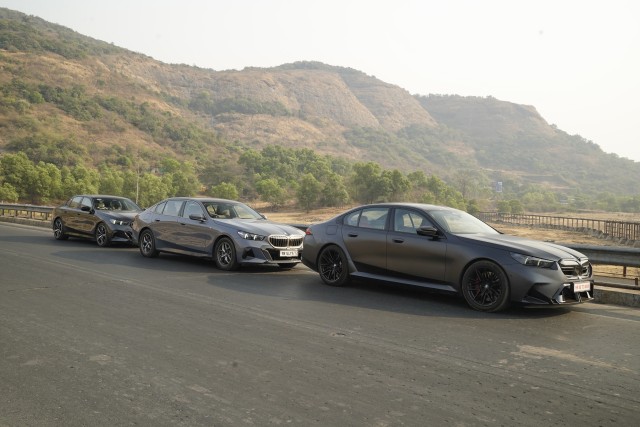
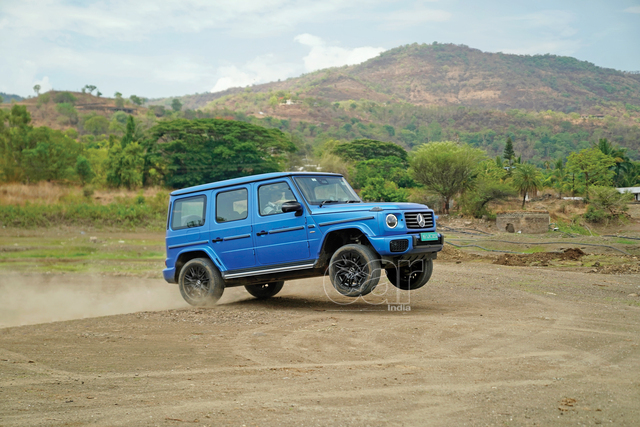
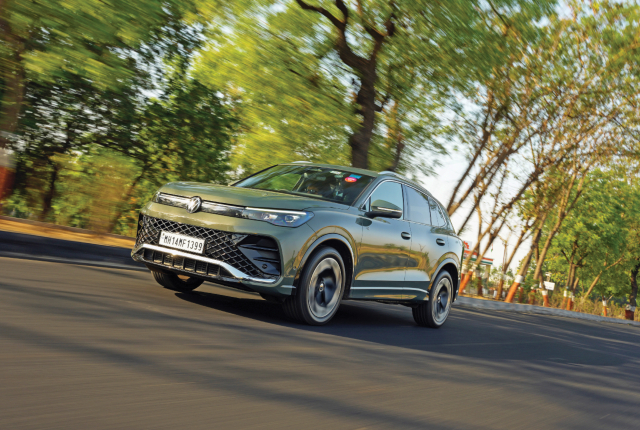
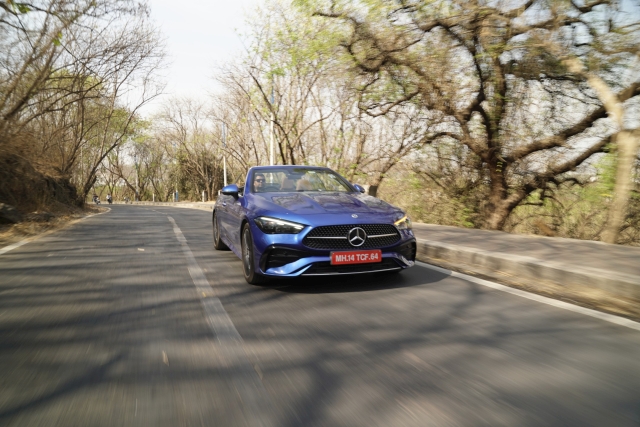

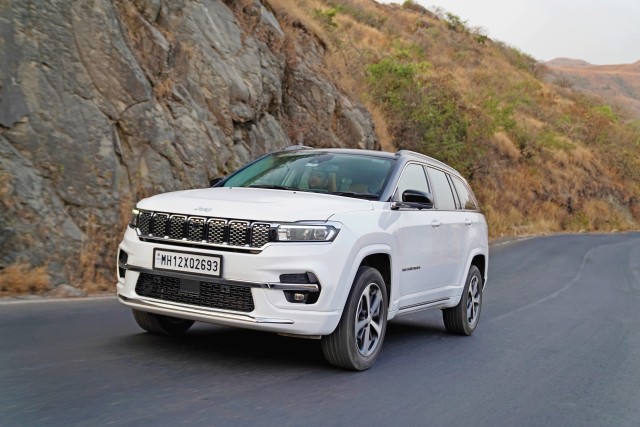
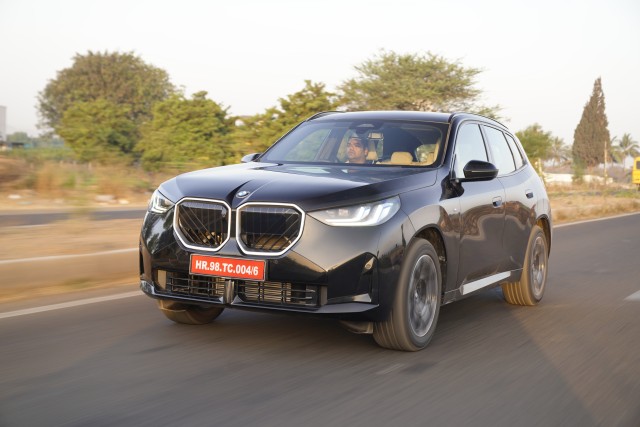
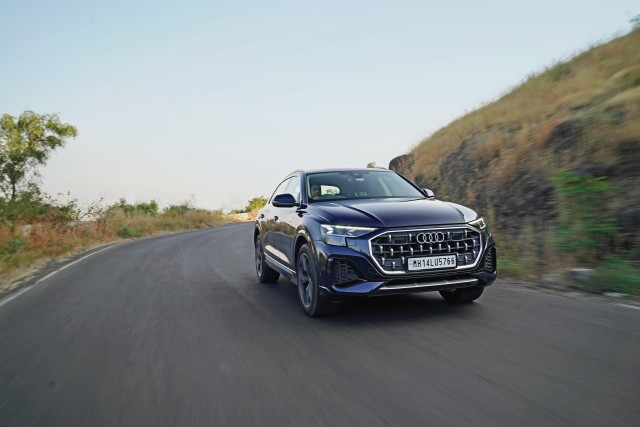
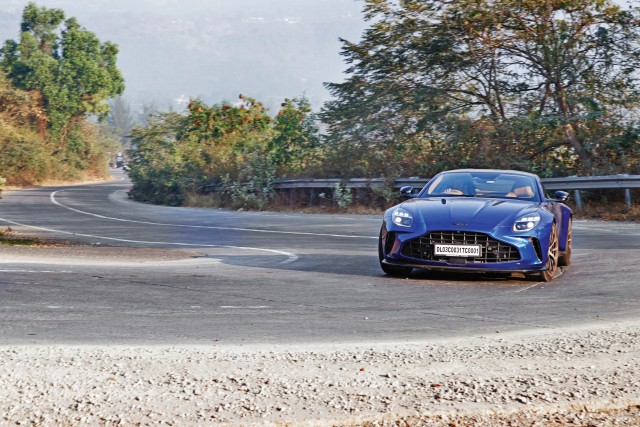
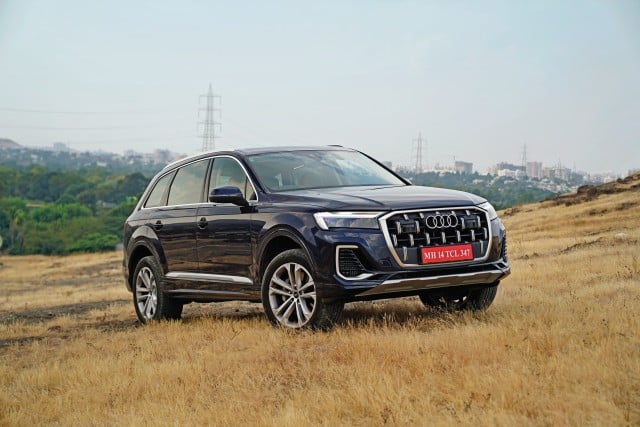
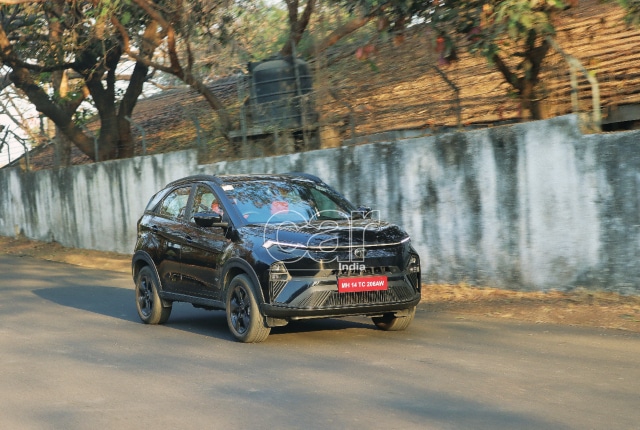




Leave a Reply